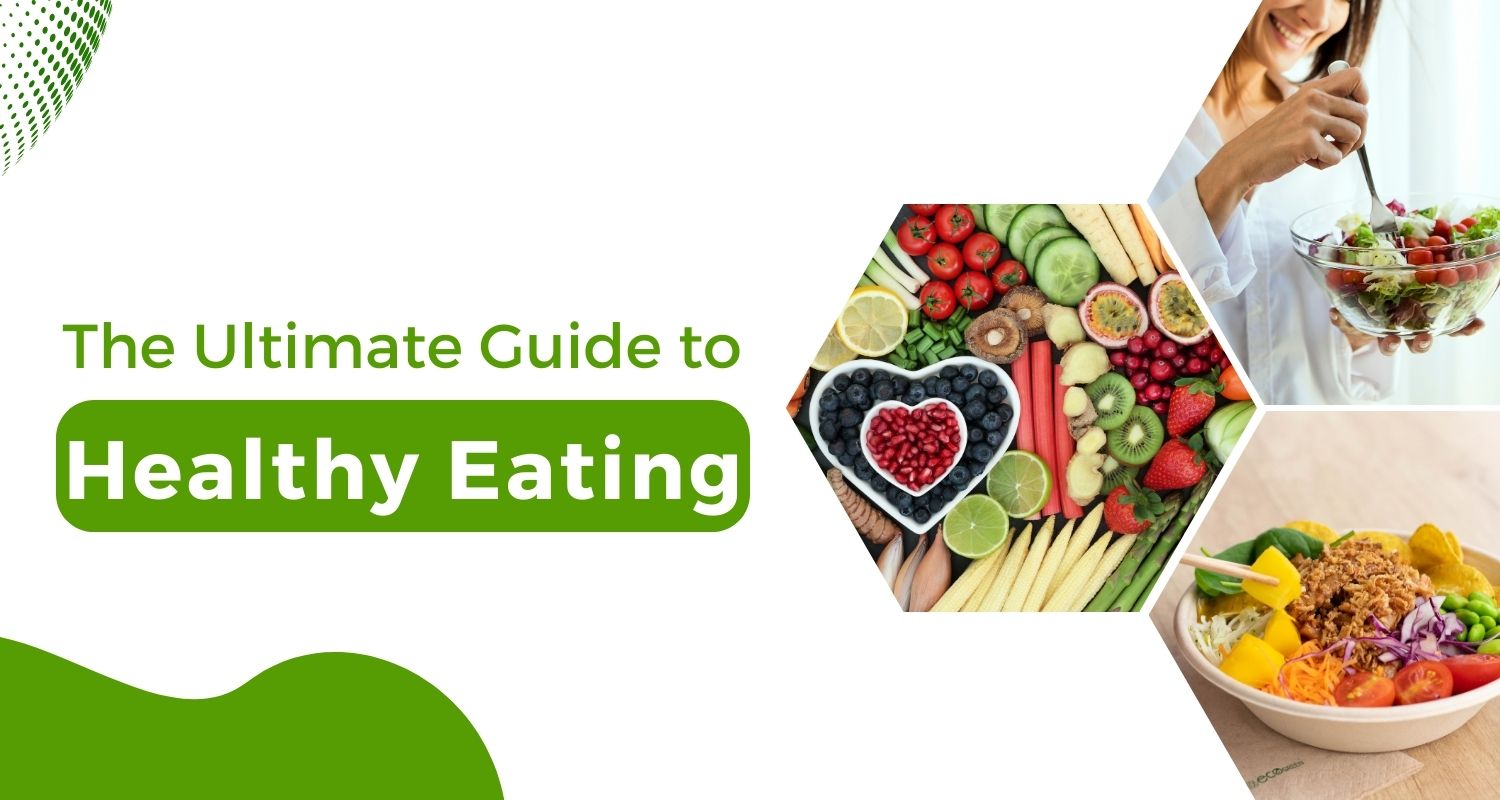Healthy Eating: Maintaining a healthy lifestyle can often be challenging in our fast-paced world. With the abundance of processed foods and tempting treats around every corner, it’s easy to fall into the trap of indulging in unhealthy eating habits.
However, switching to a healthier lifestyle doesn’t have to be daunting. By understanding the principles of healthy eating, clean eating, and maintaining a balanced diet, you can embark on a journey toward a more nourished and vibrant you.
Understanding Healthy Eating
Healthy eating is not just a passing trend; it’s a sustainable way of life that can improve well-being and longevity. Healthy eating involves consuming various nutrient-dense foods that provide essential vitamins, minerals, and other compounds necessary for optimal bodily function.
One key aspect of healthy eating is emphasizing whole, unprocessed foods. These foods, such as fruits, vegetables, whole grains, lean proteins, and healthy fats, are rich in nutrients and are minimally altered from their natural state. Incorporating these foods into your diet ensures that your body receives a broad spectrum of essential nutrients, promoting overall health.
Clean Eating: The Path to Purity
Clean eating goes hand-in-hand with healthy eating, but it takes it further by focusing on the quality and purity of the foods consumed. The philosophy behind clean eating is to choose foods as close to their natural state as possible, free from artificial additives, preservatives, and unnecessary processing.
To embrace clean eating, start by prioritizing whole, unprocessed foods. Opt for fresh fruits, vegetables, lean proteins, whole grains, and healthy fats. Pay attention to ingredient lists, avoiding products with long lists of unrecognizable additives when shopping. Instead, choose foods with simple, wholesome ingredients that you can easily pronounce.
Cooking at home is a fantastic way to ensure the cleanliness of your meals. By preparing your food from scratch, you have control over the ingredients, allowing you to create delicious and nutritious meals tailored to your preferences.
Building a Healthy Diet: Path to Healthy Eating
A healthy diet is all about balance. While it’s essential to focus on nutrient-dense foods, it’s also crucial to strike a balance between the various food groups. A well-rounded diet includes carbohydrates, proteins, fats, vitamins, and minerals, each playing a unique role in maintaining optimal health.
- Carbohydrates: Choose complex carbohydrates such as whole grains, fruits, and vegetables over refined and processed options. These provide sustained energy and essential nutrients.
- Proteins: Incorporate lean protein sources like poultry, fish, beans, and legumes into your meals. Proteins are the body’s building blocks, supporting muscle growth, repair, and overall function.
- Fats: Opt for healthy fats from avocados, nuts, seeds, and olive oil. These fats are essential for brain function, hormone production, and the absorption of fat-soluble vitamins.
- Vitamins and Minerals: Ensure a colorful variety of fruits and vegetables to obtain a spectrum of vitamins and minerals. These micronutrients are crucial for various bodily functions and contribute to overall well-being.
Creating Healthy Meals: Practical Tips
Now that we’ve explored the principles of healthy eating, clean eating, and a balanced diet, let’s delve into practical tips for creating healthy meals.
- Meal Planning: Take the time to plan your meals for the week. This helps you make healthier choices, saves time, and reduces stress during busy days.
- Portion Control: Be mindful of portion sizes to avoid overeating. Use smaller plates and listen to your body’s hunger and fullness cues.
- Include a Variety of Colors: Different colored fruits and vegetables contain various nutrients, so aim for a rainbow on your plate. This ensures a diverse range of vitamins and minerals.
- Cook at Home: As mentioned earlier, cooking at home allows you to control the ingredients in your meals. Experiment with new recipes and discover the joy of preparing wholesome dishes.
- Hydration: Remember the importance of staying hydrated. Water is essential for digestion, nutrient absorption, and overall bodily function.
- Mindful Eating: Slow down and savor each bite. Paying attention to your food and eating without distractions allows you to enjoy your meals and recognize when you’re satisfied.
Incorporating these tips into your daily routine can gradually transform your eating habits and improve your long-term well-being.
Conclusion
Developing healthy eating habits is a journey, not a destination. It involves conscious choices to nourish your body with foods that promote health and vitality. By understanding the principles of healthy eating, embracing clean eating practices, and maintaining a balanced diet, you set the foundation for a lifestyle that fosters overall well-being.
Remember, it’s not about perfection but progress. Start small, make gradual changes, and celebrate each step towards a healthier you. With dedication and a mindful approach to your dietary choices, you can embark on a path to long-lasting health and happiness.
So, savor each bite, relish the journey, and let your commitment to healthy eating pave the way for a more vibrant and fulfilling life.

